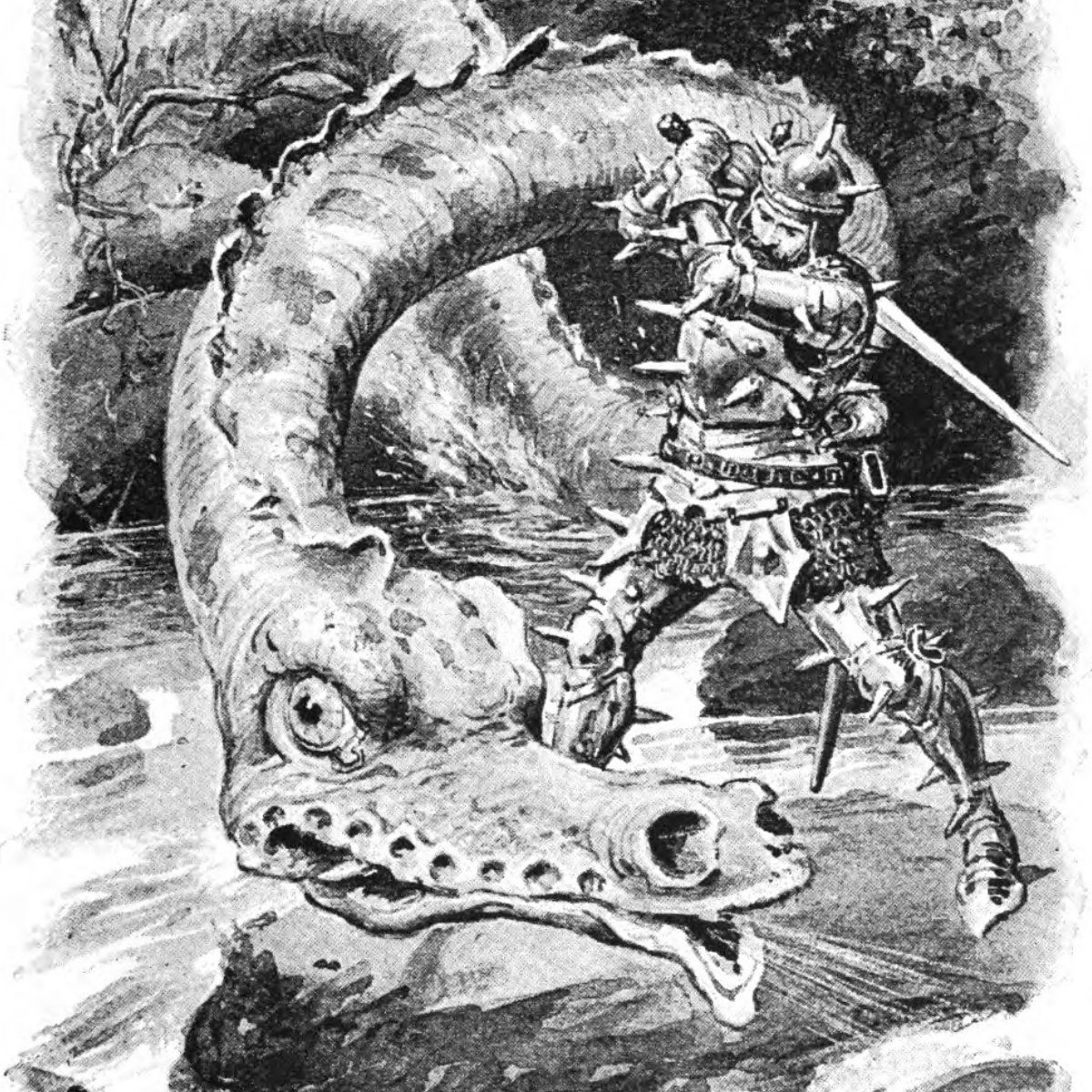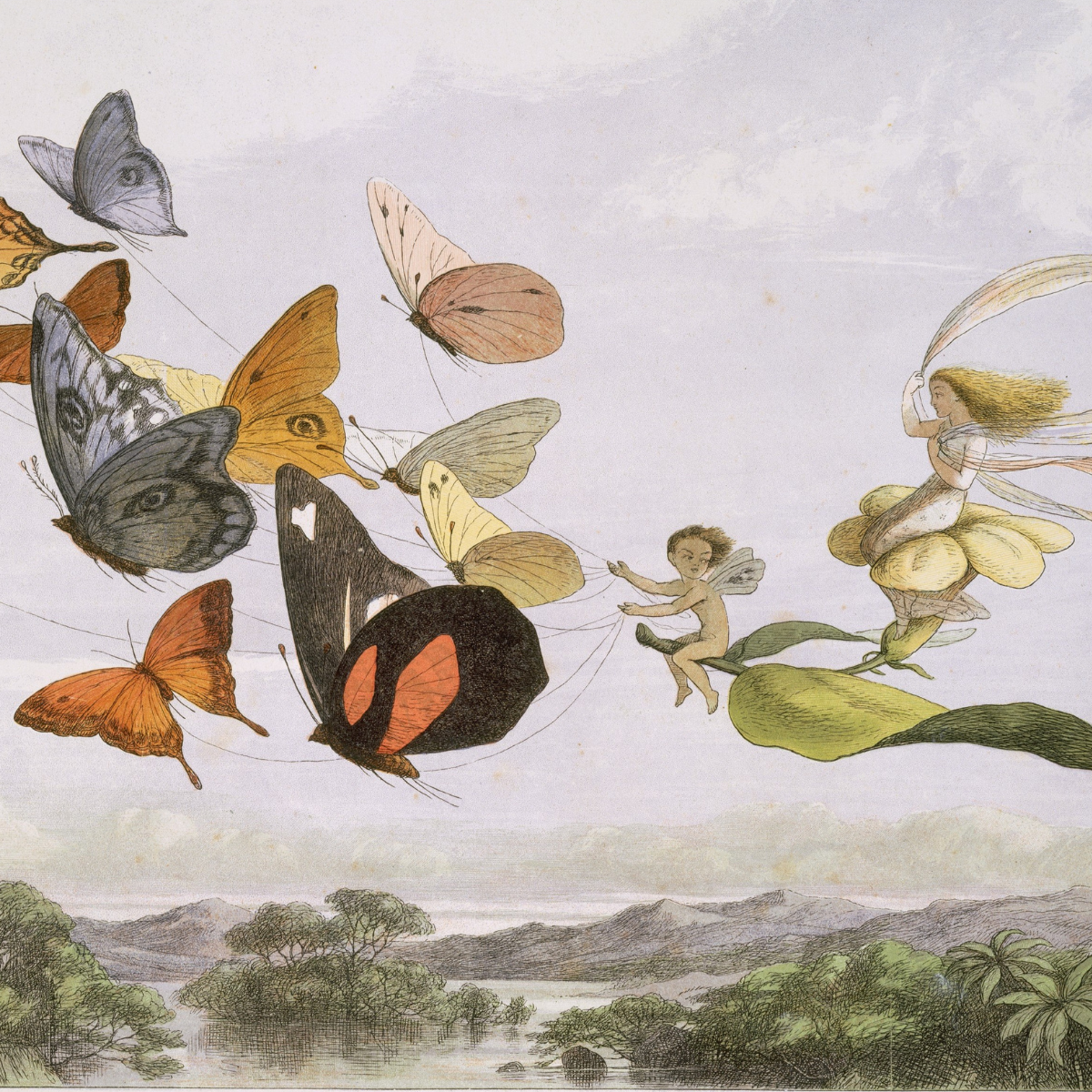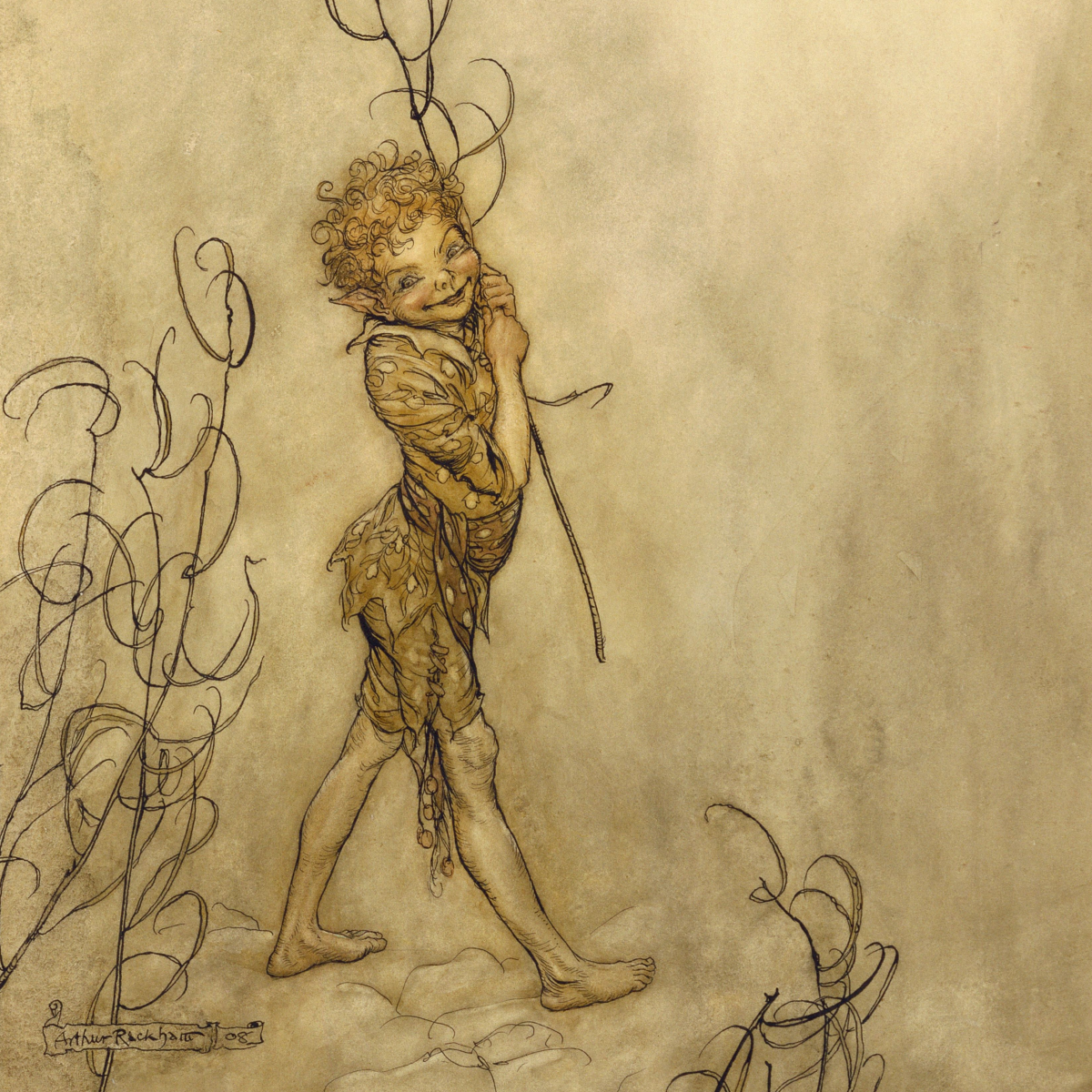Category: Literature
-

“The Owl Was a Baker’s Daughter”: Unpacking Ophelia’s Folkloric Remark
This month we explore a folktale referenced by the character Ophelia in William Shakespeare’s Hamlet. It is a follow-on to the owl folklore and the story of Blodeuwedd, which we looked at last month. If you’re new to my blog—welcome! Click here to read last month’s article on owl folklore. If you aren’t familiar with Hamlet, it was
-

British and Celtic Dragon Folklore
My first exposure to a dragon drawn from folklore was most likely Smaug, the red-golden dragon in J. R. R. Tolkien’s book The Hobbit. I remember being fascinated by his size, his jewel-encrusted underbelly, and the enormous treasure he guarded. Although he is a fictional creation, the inspiration for Smaug comes from Scandinavian folklore. I laughed
-

An Overview of How Faeries Were Portrayed During Different Literary Periods
There are many different ways to experience faerie folklore: through shared oral tradition, by reading tales collected by folklorists, and via its inclusion in literature, art, and even science. I find the interchange between folklore and creative endeavors fascinating, so I thought we’d explore how faerie folklore was incorporated into literature during different literary periods.
-

Puck in A Midsummer Night’s Dream: Inspired by Faerie Folklore
For the novel I’m working on, I’ve been incorporating faerie folklore into the plot, characters, and worldbuilding. There are many different ways a writer might draw from folklore—by adapting tales to create a new story, by using folklore motifs to deepen the plot, by incorporating folkloric creatures as characters—the possibilities are endless. Shakespeare and Faerie